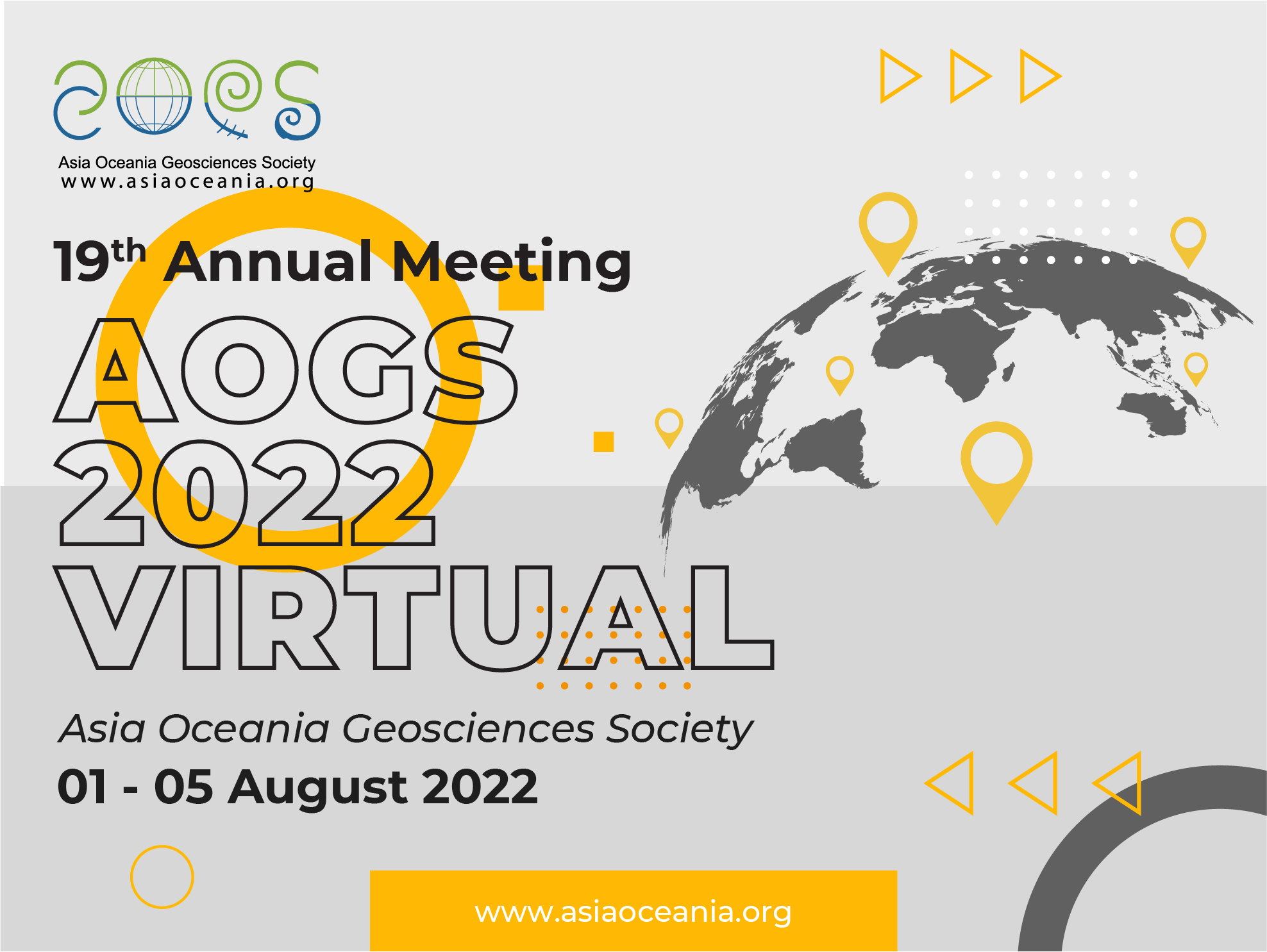
Ralph KAHN
Program uses Singapore Time and is 8 hours ahead of GMT
Special Session 02 Wed-03 Aug 18:00 – 20:00
Properties of the 2022 Hunga Tonga Volcano Eruption Aerosol Plume from Space-based Remote Sensing
Over the past few decades, satellite characterizing of volcanic eruption plumes has advanced, offering frequent global coverage of remote areas, and acquiring data safe from even the largest eruptions. Beginning with the 1991 Pinatubo eruption, aerosol plume extent, evolution, and even particle properties, were retrieved from space-based measurements. Due to its magnitude and resulting broad interest, the 2022 Hunga Tonga eruption in the South Pacific has been studied extensively by the satellite aerosol remote-sensing community. The volcano produced an explosive underwater eruption on 14 January 2022, propelling material well into the stratosphere. Within a few weeks, the plume traversed the entire southern hemisphere.
Geostationary imagers captured the dramatic initial plume development, as the mass of ash, gas, and water vapor ascended far past the tropopause. Ultraviolet, visible, and infrared imagers in low-Earth-orbit tracked particles downwind to elevations > 40 km ASL, and provided some particle property information. Space-based lidar offered tighter altitude constraints on the spreading plume elements. These data were shared among the participants in the NASA Disaster Response Group and were then quickly distributed to early responders.
A focus of this presentation will be results from the MISR instrument aboard NASA’s Terra satellite. MISR observed parts of the elevated plume as it traveled westward across the Pacific. As did other instruments, MISR retrieved an aerosol layer near the tropopause (~18 km elevation) and another at about 30 km. MISR retrieved non-spherical (presumably ash) particles on 15 January, but later, downwind results showed spherical, non-light-absorbing (likely sulfate/water) particles dominating. Other satellite and a few ground-based instruments obtained similar results. Preliminary MISR research-retrieval results indicate further that the effective particle size in the ~30 km layer increased downwind, possibly due to interactions with water injected during the initial eruption. This presentation will include updated results and conclusions, as appropriate.
Dr. Kahn received his PhD in applied physics from Harvard University in 1980. He spent 20 years as a Research Scientist and Senior Research Scientist at the Jet Propulsion Laboratory, where he studied climate change on Earth and Mars, and also led the Earth & Planetary Atmospheres Research Element. Kahn is Aerosol Scientist for the NASA Earth Observing System's Multi-angle Imaging SpectroRadiometer (MISR) instrument. He focuses on using MISR’s unique observations, combined with other data and numerical models, to learn about wildfire smoke, desert dust, volcano and air pollution particles, and to apply the results to regional and global climate-change and air quality questions. Kahn has lectured on Climate Change and atmospheric physics at Caltech, UCLA, and many other venues, is Adjunct Professor at the University of Maryland, and is editor and founder of PUMAS, the on-line journal of science and math examples for pre-college education. He has authored over 200 publications in refereed scientific journals and book chapters. Kahn is chair of Commission A of COSPAR (the international Committee on SPAce Research) and co-chair of AeroSat, the international association of the satellite aerosol remote-sensing community. He has received the NASA Exceptional Service Medal, the NASA Outstanding Leadership Medal, the Robert H. Goddard award for Exceptional Achievement in Science, the American Geophysical Union’s Yoram J. Kaufman award, the William Nordberg Memorial Award for Earth Science, and is a Fellow of the American Geophysical Union.
(https://science.gsfc.nasa.gov/sed/bio/ralph.a.kahn)

Ralph KAHN
NASA Goddard Space Flight Center, Greenbelt
